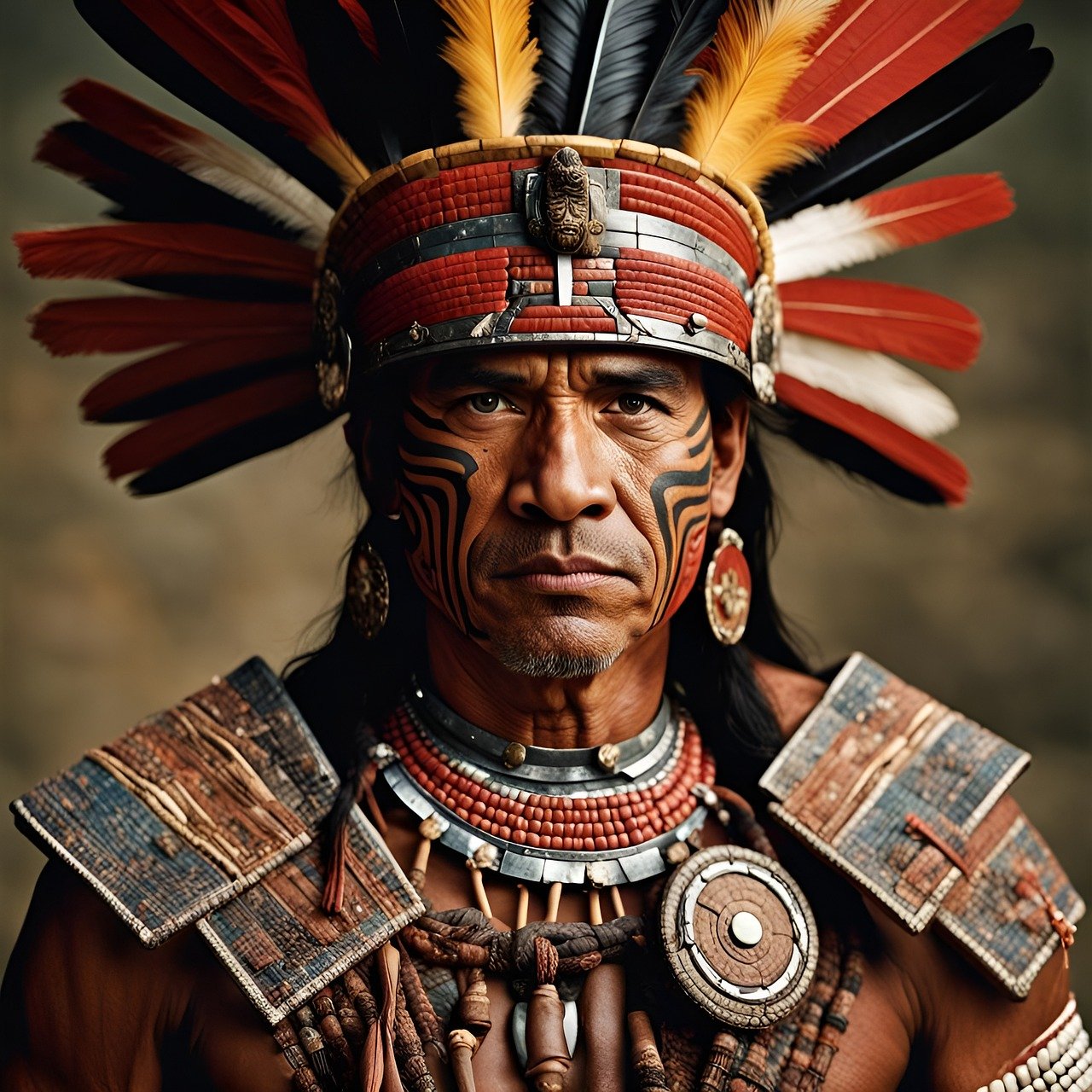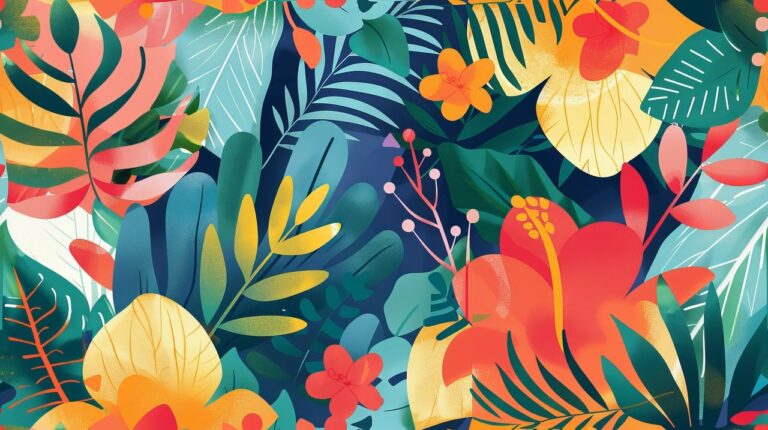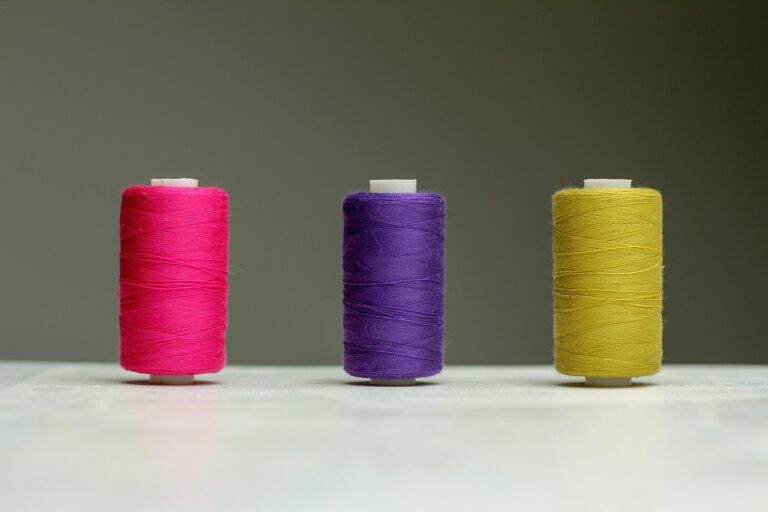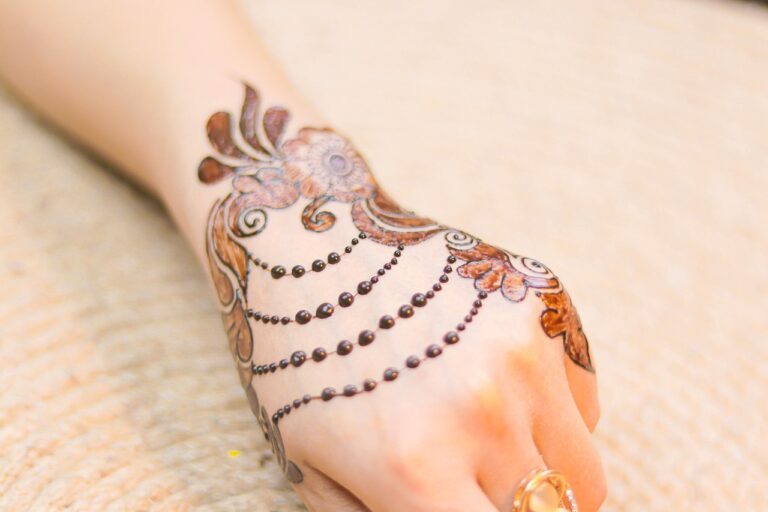Fashion and Travel: How Cultural Experiences Shape Fashion Trends
In the world of fashion, cultural influences play a significant role in shaping current trends. From intricate embroidery techniques to vibrant color palettes, designers often draw inspiration from a variety of cultural traditions. This fusion of different cultural elements adds depth and richness to the fashion landscape, creating unique and diverse styles that resonate with a global audience.
Traditional craftsmanship and indigenous textiles are seeing a resurgence in modern fashion, with designers incorporating these elements into their collections. The beauty and artistry of these traditional textiles and patterns not only celebrate cultural heritage but also provide a sense of authenticity and storytelling to contemporary designs. By embracing and incorporating these cultural influences, the fashion industry continues to evolve and redefine what it means to be fashionable in a culturally diverse world.
Exploring Traditional Textiles and Patterns
Throughout history, traditional textiles and patterns have played a significant role in reflecting the cultural heritage of communities across the globe. These fabrics often embody the stories, beliefs, and customs of the people who create them, making them a cherished aspect of their identity. From the intricate beadwork of Indigenous tribes to the vibrant ikat weaving of Central Asia, each textile carries a unique narrative that speaks to the rich cultural tapestry of our world.
Patterns, whether derived from nature, geometry, or ancient symbols, are not merely decorative elements but symbols of deeper cultural meanings and values. For example, the paisley pattern, originating from Persia, symbolizes fertility and life everlasting. Similarly, the intricate geometric patterns found in Islamic textiles symbolize unity and the infinite nature of creation. By delving into the significance behind these patterns, we can gain a deeper appreciation for the cultural heritage and craftsmanship embedded within traditional textiles.
Fashion Capitals Around the World
From the vibrant streets of Tokyo to the chic boutiques of Paris, fashion capitals around the world serve as epicenters of style and creativity. These cities are not only home to renowned designers and fashion houses, but also showcase a unique blend of cultural influences and trends. The energy and buzz of these fashion hubs attract fashion enthusiasts, designers, and trendsetters from all corners of the globe, making them essential destinations for anyone seeking sartorial inspiration.
Each fashion capital offers its own distinct aesthetic and fashion identity, reflecting the rich history and creative pulse of the city. From the avant-garde designs of London to the timeless elegance of Milan, these cities set the tone for global fashion trends and shape the way we perceive style. Whether you’re exploring the cutting-edge street style of New York City or soaking in the classic sophistication of Rome, each fashion capital provides a glimpse into the diverse and dynamic world of fashion.
• Tokyo: Known for its eclectic street style and innovative designs
• Paris: Home to iconic fashion houses and haute couture
• London: Embraces avant-garde and experimental fashion trends
• Milan: Epitomizes timeless elegance and luxury in fashion
• New York City: Showcases cutting-edge street style and diverse influences
• Rome: Exudes classic sophistication and timeless beauty in fashion
What are some examples of fashion capitals around the world?
Some examples of fashion capitals include Paris, Milan, New York, London, Tokyo, and Seoul.
How do cultural influences impact fashion trends?
Cultural influences such as art, music, history, and societal norms can all impact fashion trends by inspiring designers and influencing consumer preferences.
What are traditional textiles and patterns?
Traditional textiles and patterns are fabrics and designs that have been passed down through generations within a specific culture or community.
How can exploring traditional textiles and patterns benefit the fashion industry?
Exploring traditional textiles and patterns can help designers create unique and culturally-appropriate designs, while also preserving and celebrating the heritage of different communities.
Why are fashion capitals important in the fashion industry?
Fashion capitals are important because they are hubs of creativity, innovation, and trend-setting in the fashion industry. They attract designers, buyers, and fashion enthusiasts from around the world.







